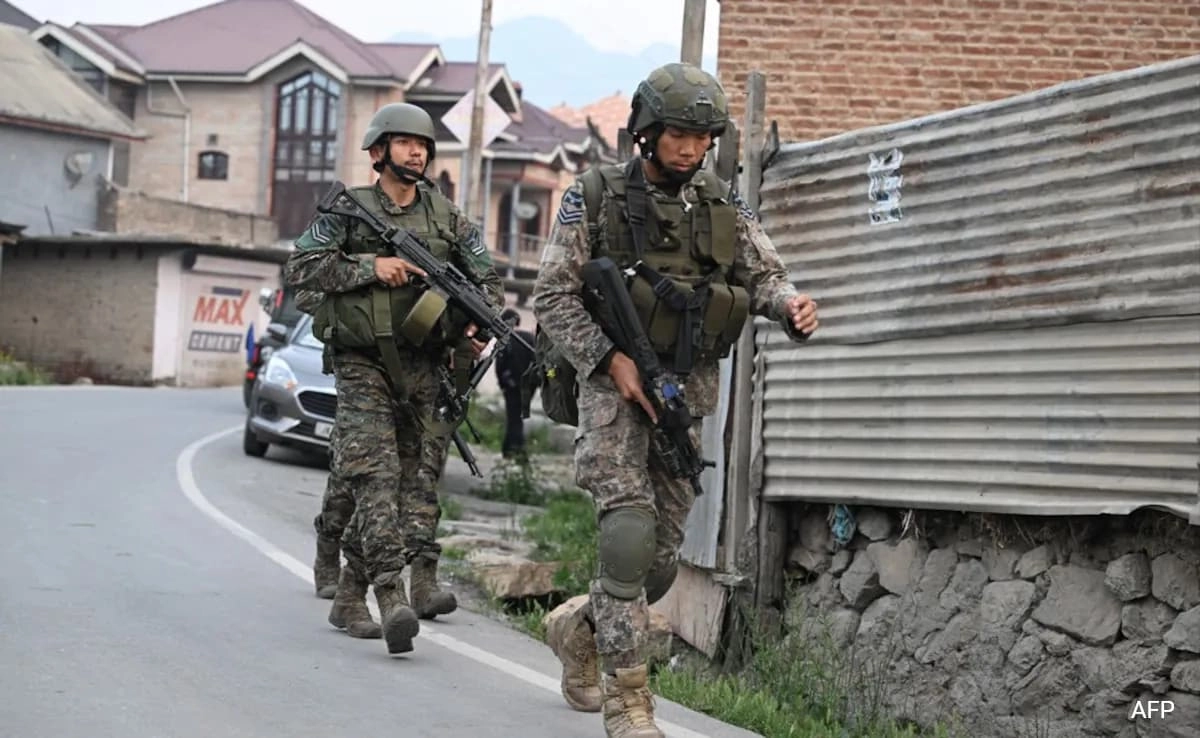The ongoing tensions between India and Pakistan can be traced back to the partition of British India in 1947, which led to the creation of two independent states. This division was accompanied by large-scale communal violence and mass migrations, resulting in deep-seated animosities that have persisted for decades. The primary issue at the heart of this conflict has been the disputed territory of Jammu and Kashmir. Following partition, both nations claimed the region, leading to the first Indo-Pakistani war in 1947-1948. The conflict concluded with a United Nations-mediated ceasefire, establishing the Line of Control (LoC) but leaving the sovereignty of Kashmir unresolved.
Subsequent wars in 1965 and 1971 further escalated hostilities, with the latter resulting in the secession of East Pakistan and the formation of Bangladesh. Over the years, both countries have engaged in various military skirmishes and proxy wars, including the Kargil conflict in 1999, which highlighted the ongoing volatility in the region. The introduction of nuclear weapons by both nations in the late 1990s added a new dimension to their rivalry, instilling a precarious balance of power that has influenced their military strategies and diplomatic relations.
The situation has been exacerbated by a series of terrorist attacks, often attributed to Pakistan-based militant groups, which have led to a significant deterioration in bilateral relations. India’s military operations, such as Operation Sindoor, are responses to these provocations, aiming to counter threats and assert control over disputed territories. The cycle of violence and retaliation has created a pervasive atmosphere of mistrust, complicating diplomatic efforts aimed at conflict resolution. As both countries navigate this fraught relationship, the potential for miscalculations or escalations remains a constant concern for regional stability and international peace.
Thus, the history of India-Pakistan armed conflict is not merely a tale of military engagements but a complex narrative shaped by historical grievances, national identities, and geopolitical dynamics. The road to peace is fraught with challenges, requiring both nations to engage in meaningful dialogue, address core issues, and build confidence to foster a more stable and cooperative future. Understanding this historical context is crucial for comprehending the current state of affairs and envisioning potential pathways toward reconciliation.




